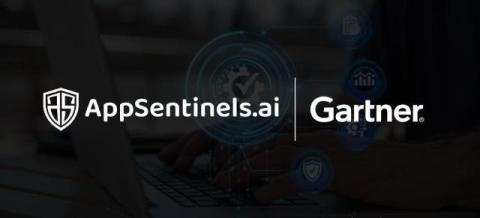Why API sprawl is important and what you can do to mitigate it
Digital transformation has resulted into an API-first economy where every organization is integrating deeper with customers, partners & suppliers. APIs are the gateways powering this integration. As per a Kong report in 2023, APIs will have a projected global economic impact of $14.2 trillion by 2027 – that’s more than the GDP of the UK, Japan, France, and Australia combined. As APIs drive growth, every organization will need to implement robust security systems in place for their APIs.











